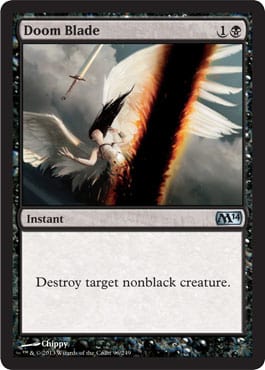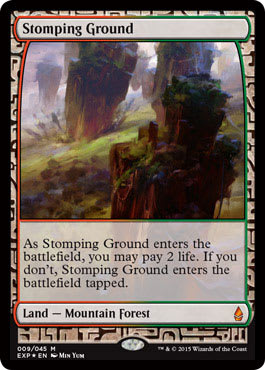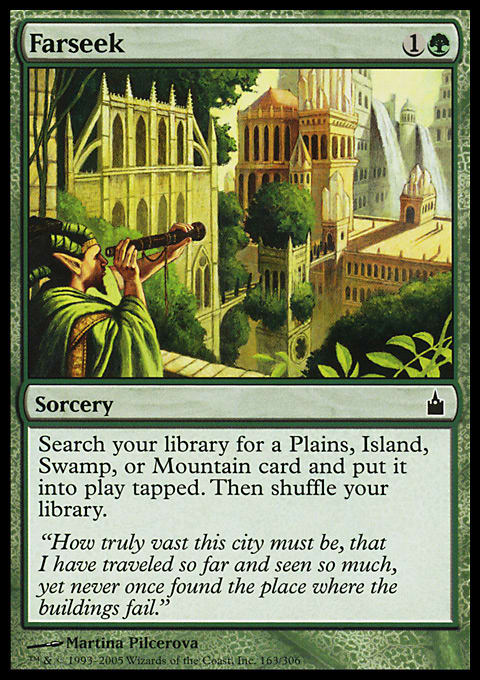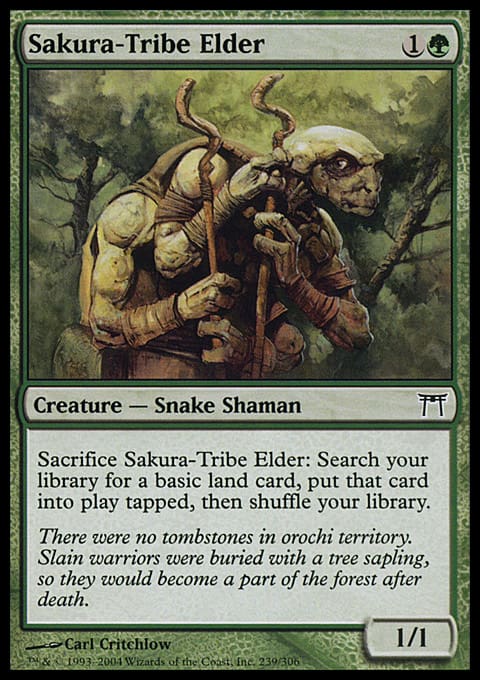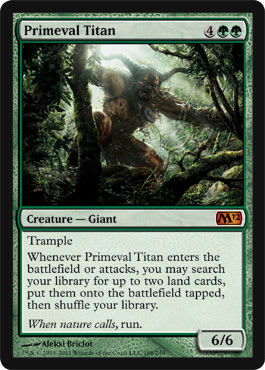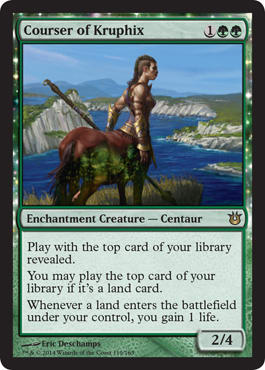I keep a notebook (more of a Google Doc) of topic ideas related to card games so I always have something to pull from when looking for content ideas. There are many topics related to playing competitive TCGs that are worth discussing, but do not always warrant an entire article of their own. Today I am going to do a “grab bag” article of sorts that covers a lot of these smaller topics.
Percentage Plays
One of the things that makes TCGs so interesting, and keeps bringing back even the most experienced players again and again, is the variance that is inherent to card games. One of the things you develop as you grow as a TCG player is ability to make correct “percentage plays” in a variety of different spots without using up too much of your clock time. A “percentage play” refers to making the decision that most likely leads to a desirable outcome for a given situation. The most important thing to keep in mind when playing though is that just because you make an optimal play, it does not mean you will have the optimal result.
Let’s consider the following hypothetical situation:
We need to apply pressure to our opponent so we can kill them over the course of two turns. They have a lethal attacker in play though, so we need to leave back a single creature as a blocker so we do not die ourselves. We have both a Black creature and an artifact creature. We know our opponent’s deck contains the cards Doom Blade and Go for the Throat. They have already played one copy of Doom Blade and two copies of Go for the Throat.
Which creature should we leave back to block and why? The correct answer is to leave back our Black creature because our opponent can have at most two more copies of Go for the Throat in their deck, while there could still be three copies of Doom Blade lurking about.
Something that comes up a lot with regards to percentage plays is the concept of “playing to win” versus “playing to not lose”. While these things sound like they are the same thing, they are really a bit different. In this context “playing to win” generally refers to taking a line that allows us to actually win the game we are playing, even if it leaves us dead to cards our opponent could possibly have. Likewise “playing to not lose” means we are taking lines that minimize the amount of cards our opponent could have to kill us in the short term, while putting us at a disadvantage in the long term.
A great example of this occurred in the last Modern Grand Prix I was watching. A ![]()
![]() Scapeshift player was playing against Eldrazi Tron. The Titan player was at 14 life, had a single land in their hand, with six lands and a Reclamation Sage in play. The Eldrazi Tron player had two copies of Thought-Knot Seer in play and was at 20 life.
Scapeshift player was playing against Eldrazi Tron. The Titan player was at 14 life, had a single land in their hand, with six lands and a Reclamation Sage in play. The Eldrazi Tron player had two copies of Thought-Knot Seer in play and was at 20 life.
The Tron player attacked with both copies of Thought-Knot Seer. The Scapeshift player thought for a moment and then blocked one of the Thought-Knot Seers. Blocking the Thought-Knot Seer makes sense from a “playing to not lose” perspective. Blocking this turn while they can means that they get two more draw steps to maybe find something. If they take a hit for eight this turn their opponent could draw a removal spell for Reclamation Sage the next turn and kill them.
However, they need to ask themselves: How do they plan to actually win the game? Once they block the Thought-Knot Seer, what series of draws need to happen on both sides of the table for them to turn the game into a victory? Because their opponent is still at 20 they would need an 8th land for a Scapeshift to be lethal and this still requires the opponent to not draw a Reality Smasher on the following turn.
The Scapeshift player started their turn and drew a copy of Scapeshift that was only 18 points of damage with their six lands. Had they not chump blocked with the Reclamation Sage, they would have been able to attack for two points of damage and cast Scapeshift to win the game. By choosing to play around their opponent drawing a removal spell, they cut themselves off lethal the following turn when they drew Scapeshift.
Another important percentage play we are often making is at the very start of the game — how we mulligan. For example consider the following six card hand in Titan Shift on the draw:
It is very easy to glance at a hand like this and tell ourselves:
“We cannot cast any of the spells in our hand so this is an easy mulligan”
The question we want to be asking ourselves, though, is:
“What is more likely to happen – Winning with a random 5 card hand or drawing a couple of lands with this hand?”
Since we have mulliganed and are on the draw, we have three chances to find a second land with our scry and two draw steps. If we go to five cards, not only could we get a completely non-functional hand, but because our deck needs a critical mass of cards we are starting off behind from the start.
Deck-Building
Deck-Building is one of the most complex and interesting topics in TCGs – one that has had literal books written on it. Today I am going to touch on a few specifics regarding the subject that I find myself often repeating to folks.
First things first — be ready to fail. People will tell you over and over again about their successes when it comes to deck-building, but something people do not mention often enough are their stumbles. For every great deck someone has built they likely have left another dozen on the cutting room floor that came up short in some way or another. Did you know that the Kiki-Jiki, Mirror Breaker/Chord of Calling deck I helped tune in Modern started off as a ![]()
![]() midrange deck? It went through many such changes as it moved from something unplayable to moderately competitive.
midrange deck? It went through many such changes as it moved from something unplayable to moderately competitive.
While spending time working on your own ideas is important in order to build them correctly, another aspect is to play with the decks you want to beat. It can often be hard to identify which cards are really important in a given strategy until you have a chance to play with it yourself. Getting a feel for how the best decks find their way to victory in a given game can give you insight into how best to go about disrupting the game plan they are trying to execute with your new brew.
To go hand in hand with this idea — do not make changes to decks that you have never played before. Even when you have as much experience as myself, you should never assume that you know better than the person who initially designed a deck that has had success. Play some games with a deck as is before you dig in and start making changes. Cards that look poor on paper are often there for a reason.
Going back to when I was tuning Kiki Chord again, many people would message me about the archetype asking for tips on how to deal with flooding out. When they would send me their decklists they almost always cut the copies of Courser of Kruphix I always played. When asked, they would tell me they just assumed it was worse than Kitchen Finks and replaced it without playing any games. Courser was good at not only preventing flood by letting us play lands off of our deck before drawing them, but with shuffle effects it also let us control what spells we were drawing to some extent.
Play-Testing
While simply playing any games of Magic is reasonable practice, if you are looking to get the most out of your testing time there are definitely more effective means of testing than others. For example, when you are preparing for an event and want to know how specific matchups play out and test your board plans, playing random matches is not a good use of your time. Instead of joining that Magic Online League or spending three hours to play four matches at Wednesday Night Magic, find someone to do some dedicated matchup testing with. Play the actual matches you want to practice a number of times instead of hoping to get paired into the popular decks.
When doing dedicated matchup testing, it is also important to log the results. Record which decks are winning and how many games instead of going by memory. When you are not logging the results it is very easy to become biased against aggressive decks and for control decks. This is because when aggressive decks win games, they often win quickly. When aggressive decks lose games, they often lose slowly. Control has the inverse problem – it wins slowly and loses quickly.
For example you could be 10 and 5 with an aggressive deck but have spent more time playing games that ended up as losses; this makes the deck feel much worse than it actually is. Likewise it is very easy to have a poor record with a control deck but have spent so much time playing the games you won that your record feels much better than it actually is.
Bring Proper Equipment
My last words of wisdom today are not even related to your cards, but to the accessories we all should have to go with them. Bringing proper tools to play Magic will help you play better Magic. If your deck needs counters, bring the appropriate dice. If your deck produces tokens, bring (or make) tokens that accurately represent what you are creating. Having an accurate game board will help you see what is going on and make better decisions more quickly.
When you are going to a major Magic event, re-sleeve your decks. Even if sleeves are not broken, they often become marked on the backs and sides through normal use and replacing your sleeves before a major event can save you from a frustrating game loss. If the cost of a $10 pack of sleeves is going to make or break a weekend that likely costs a couple hundred dollars — skip an event.
When you are putting sleeves on your deck make sure you are using the same sleeves for your entire deck. I have had a number of opponents playing with sleeves that have the same back color / texture, but have different front finishes.
Wrap Up
Hopefully you found some of my topics here today of use when it comes to improving as a TCG player. Have a more specific question about something I covered above? Let me know in a comment below.
Finally before I sign off for today, if you have been enjoying the ![]()
![]() Tron deck I wrote about in Modern a couple of weeks ago, check out this Legacy port I have been working on:
Tron deck I wrote about in Modern a couple of weeks ago, check out this Legacy port I have been working on:
B/G Tron ? Legacy | Jeff Hoogland
- Creatures (6)
- 1 Kozilek, the Great Distortion
- 1 Ulamog, the Ceaseless Hunger
- 1 World Breaker
- 3 Wurmcoil Engine
- Planeswalkers (5)
- 1 Ugin, the Spirit Dragon
- 4 Karn Liberated
- Sorceries (10)
- 2 Collective Brutality
- 4 Ancient Stirrings
- 4 Sylvan Scrying
- Artifacts (19)
- 3 Oblivion Stone
- 4 Chromatic Sphere
- 4 Chromatic Star
- 4 Expedition Map
- 4 Relic of Progenitus
- Lands (20)
- 1 Forest
- 1 Eye of Ugin
- 1 Karakas
- 1 Urborg, Tomb of Yawgmoth
- 4 Bayou
- 4 Urza's Mine
- 4 Urza's Power Plant
- 4 Urza's Tower
- Sideboard (15)
- 2 Collective Brutality
- 3 Pithing Needle
- 2 Seal of Primordium
- 2 Sphere of Resistance
- 3 Toxic Deluge
- 1 Ugin, the Spirit Dragon
- 2 Warping Wail













